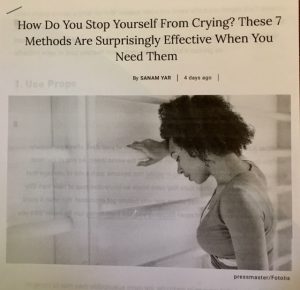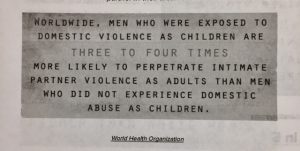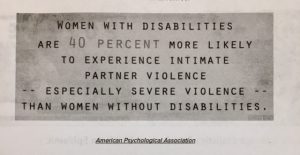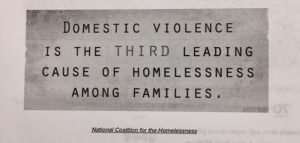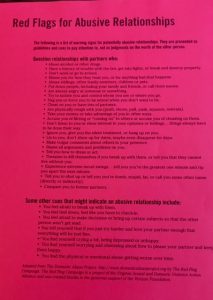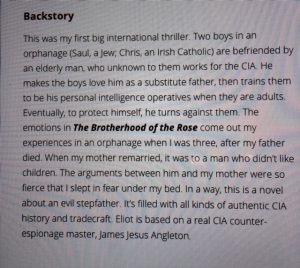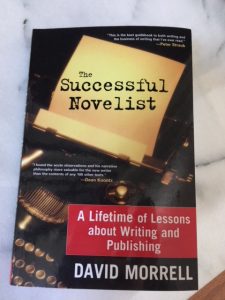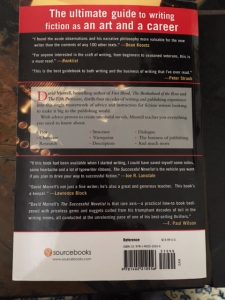
You are likely to recognize at least some of these tips. They turn up in writing classes, critique groups, and books on writing well. Still, a review never hurts.
Kill Your Favorites

People have speech patterns, habitual gestures, familiar facial expressions, and characteristic ways of walking. Writers also have writing habits–favorite words or expressions that often seem apt. Maybe you like voices that rumble like thunder. Perhaps you are partial to jettison for flummoxed. Take care that you don’t over-use these darlings. Once in any short story is sufficient, unless their repetition is part of the story. Think twice before repeating them even in a book-length manuscript.

Other words aren’t necessarily favorites, just so common – so universal – that they slip in unnoticed. Probably your readers won’t notice, either. But they are so insipid that they deaden your writing. I’m talking about words like smile, frown, scowl, laugh, sigh. I’m talking about faces that flush, eyes that fill with tears.
Make a list of words that you use a lot – that you suspect that you use too often. Use the edit function of your word processing program to find each instance of each of these words. Consider which can be replaced with more precise and/or more vivid alternatives.
Beware Wrap-ups and Extensions

To take an example familiar to most people reading this blog: if you have a child narrator/POV for telling the Biblical story of Noah’s ark, stop when the child is out of the story. Do not then add an authorial note about global warming, animal evolution, or anything else that is modern. If you have a mother narrating the loss of three children in a natural disaster, don’t add an authorial note after the mother’s death that tells how the one remaining daughter became a nun and devoted her life to working with children following natural disasters.
These examples are blatant, but beware of more subtle wrap-ups as well. If you have a wrap-up at all, as opposed to an ending, ask yourself whether it takes the reader out of the story itself, whether it adds anything relevant, whether you can do without it.
Make Use of Your Dreams

Keep a notebook/journal/folder – whatever suits your style – in which you record your especially vivid or disturbing subconscious ramblings. Record the dream as soon after the event as you reasonably can, and include as many details as you remember, however bizarre, disjointed, or impossible they may be. You can make use of these dream records in at least two ways.
The most obvious way to use these dream records is when you need your character to have a dream. You can either lift it in total or use it as a starting point. Much easier than creating a dream out of whole cloth.

Because dreams often contain odd juxtapositions, they also are useful when you are writing something that calls for a supernatural, mysterious, or merely unexpected series of events.
Once you are in the habit of collecting your dreams – and maybe the dreams told to you by family or friends – you may find yourself using them in surprising ways.
Use Uncomfortable Words

Uncomfortable words are perfectly correct and not obscene. Nevertheless, they often surprise – or even shock – the reader. Sometimes they make the reader uncomfortable. These latter words can simply be highly personal. My high school English teacher was bothered by the word “bother.” She said it made her think of dirty old men. One of my personal preferences is to use “it isn’t” rather than “it’s not,” the latter sounding too much like “snot”–which is an uncomfortable word for a lot of people.

Consider succulent, flaccid, penal, ovoid, horehound, hump, abreast, coldcock, excretion, floppy, fondle, globule, goiter, lipid, niggardly, onus, rectify, and more.
Choose uncomfortable words for effect. Use them sparingly.
Listen

Pay attention to the sounds around you – speech and non. Think of how to describe that bird call – or the rainfall, or the traffic, or the crowd at the game – really sounds, and write it down. But also listen to what people are saying. Pick up on strong phrases such as “plucking my last nerve” or anecdotes containing disturbing images, such as a man on a bus with a dead rabbit in a paper bag. Jot these things into your writing journal for later inspiration.
Remember The Five Ws
You probably have a vague recollection that sometime in the past – perhaps in high school – someone told you that when writing a newspaper article, you need to cover all five Ws: Who, What, When, Where, and Why. That is good advice in general, including fiction–and even memoir.

- The Who covers both the character(s) and the Point of View.
- What is generally what the POV character is striving for – anything from making the team to becoming the richest person in the world.
- When can be as specific as April 19, 1945 or a vague as once upon a time…
- Where is, of course, setting.

- And Why is motivation – what is driving the character. Much depends on Why, and within the context of your story it must be both believable and sufficient to justify the act. If your character kills someone to secure a spot on the team, the stakes for making/not making the team must be very high indeed, and fully developed in the story.
Writing Both Sides
Characters who are either too good or too evil are too flat! Settings – whether rooms, cars, or countrysides – that are unmitigated beauty are likely to be unbelievable. Pick and choose the good and the bad, especially for your protagonist.

Bottom line for writers: Good tips for good writing will never grow old!







